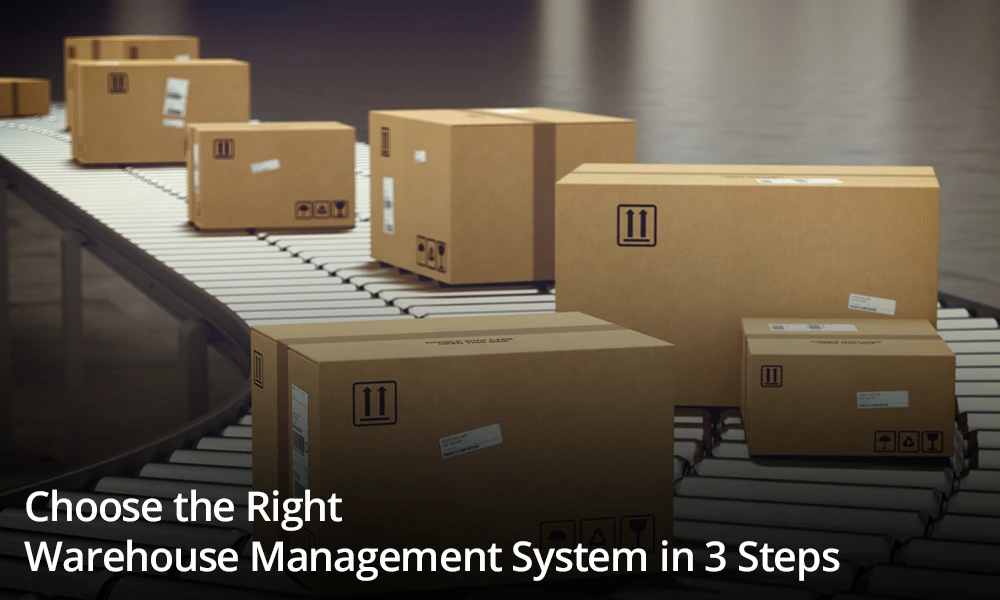Technology is revolutionising every sphere of business, and with the growth of e-commerce and the importance of last-mile delivery, warehouses are evolving too.
Since warehousing is the cornerstone of effective inventory management, the supply chain industry is increasingly choosing well-managed, highly-controlled warehouses over basic godowns. The simplest way to improve the functioning of a warehouse is by using a Warehouse Management System (WMS).
A good WMS makes the process much more efficient and saves operational costs. Its other benefits extend to enhanced labour allocation and improved relations with stakeholders in the supply chain.
Now that you’re aware of the many benefits of installing a WMS, here is a step-by-step guide on selecting the right WMS for your business needs.
Go Through Current Processes & Determine ROI of a WMS
Before selecting a WMS, you must analyse the current efficiency and capabilities of your warehouse, and also consider future expansion plans.
Some of the questions you need to answer can be:
- How many orders are being shipped/received daily? How will this volume change over the next 10 years?
- Which operational costs are to be reduced and by how much?
- What skill level are the employees at?
- Is there already any existing automated equipment (such as cranes, conveyors, or sortation systems)?
The next step is to calculate the Return on Investment (ROI) that an ideal WMS system should offer.
As a rule of thumb is that greater the number of transactions (inventory picking, moving, etc.) in the warehouse, greater the ROI. Other factors to consider are space utilisation and labour cost reduction.
Obtain Vendor Quotes
There are several WMS providers in the market, but not all of them will be suitable for developing the best WMS solution for your business. To ensure that these vendors understand your business and requirements completely, draft a Request for Information (RFI) which explains your business, future expansion plans, the working of your warehouse, its future development plans as well. Next, briefly describe what you want the WMS to achieve. But don’t explain how the system should work, as it is likely that a vendor may come up with a better or more cost-effective method.
Finally, ask the vendor to share the project timeline as well as the price quote. Make sure that they share the cost breakup in the following 4 categories:
a. Licenses: Price of the software licenses that the WMS will use
b. Professional services: Cover the expense of project management and training
c. Development costs: Covers additional costs
d. Support costs: Annual payment for continued system servicing
Overall, the RFI should be a few pages in length.
Shortlist your Vendor
After receiving all the quotes, set a base criteria to filter out the vendors not meeting your requirements (can be based on cost, number of projects they have worked on, etc.) and create a shortlist.
Among this set, research each vendor thoroughly regarding their past customers and projects.
Ask for demos – some vendors offer customised demonstrations of how exactly the system will work, while others have a standard generic demonstration. Use the former to get a feel of how the system will work in your warehouse.
Additionally, the software and hardware required for the WMS can be a one-time purchase, or the software can be rented via a third-party Software-as-a-Service (SaaS) WMS platform. A SaaS platform allows users to pick and choose the software modules they require and pay a subscription fee only for those.
Finally, after considering all the above, choose the vendor and specifications best suitable for your company. At SourcePro, we provide custom WMS development for all business needs.
